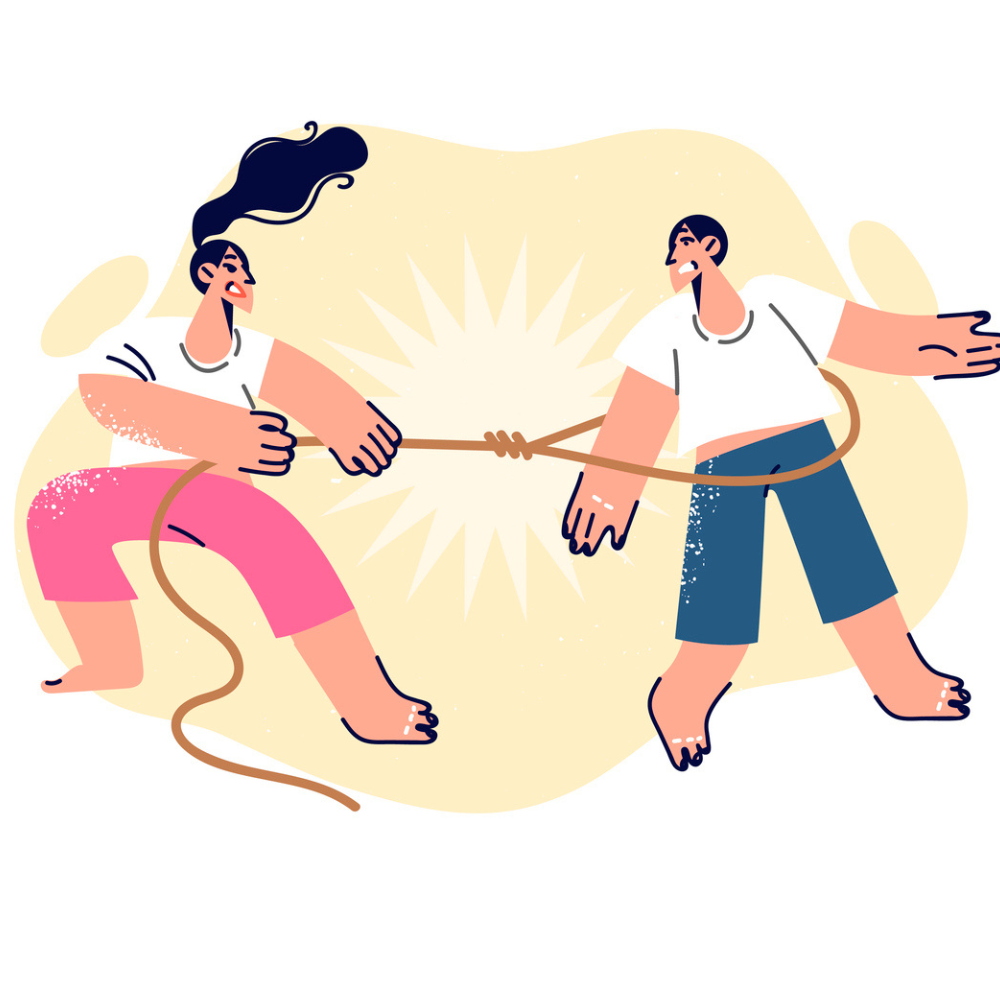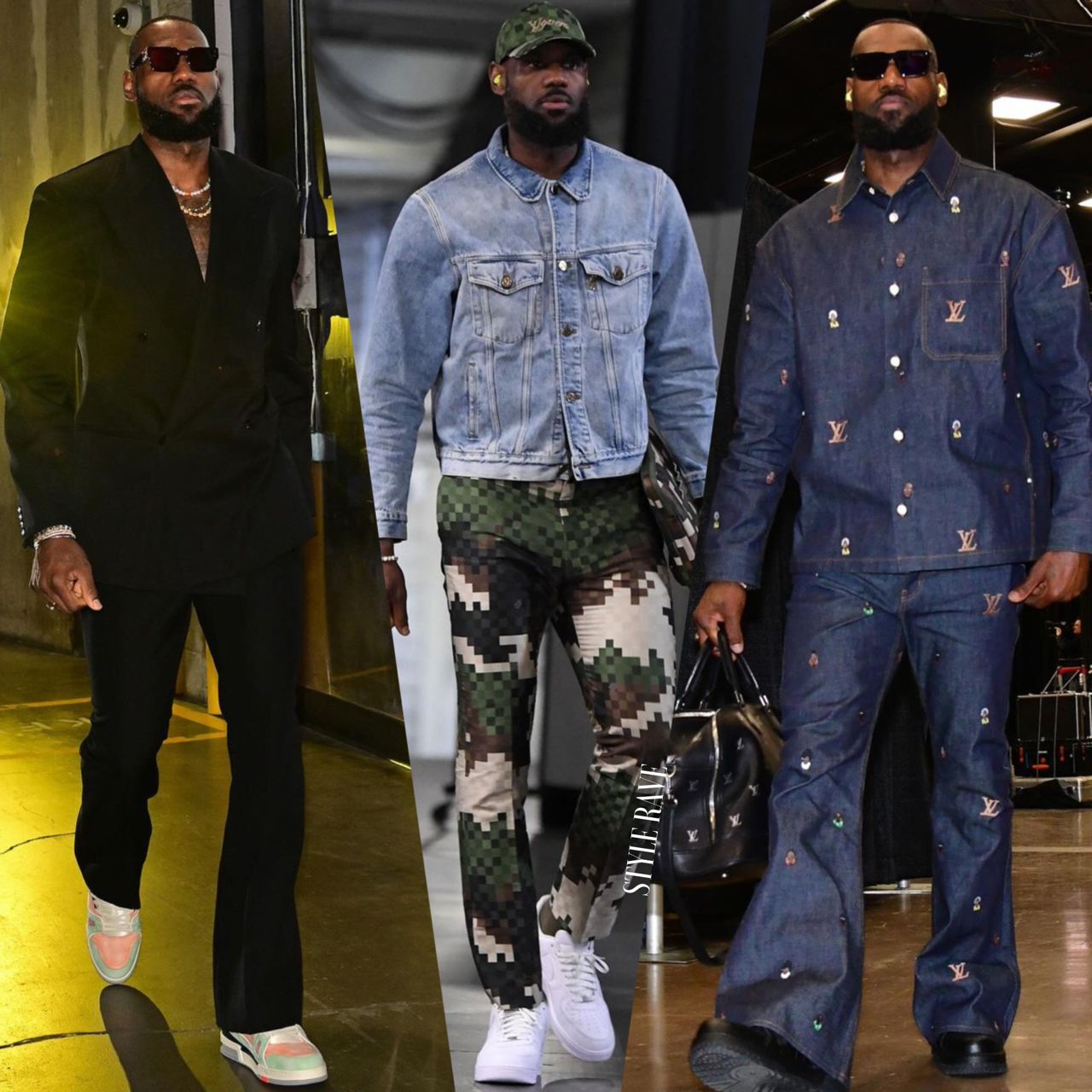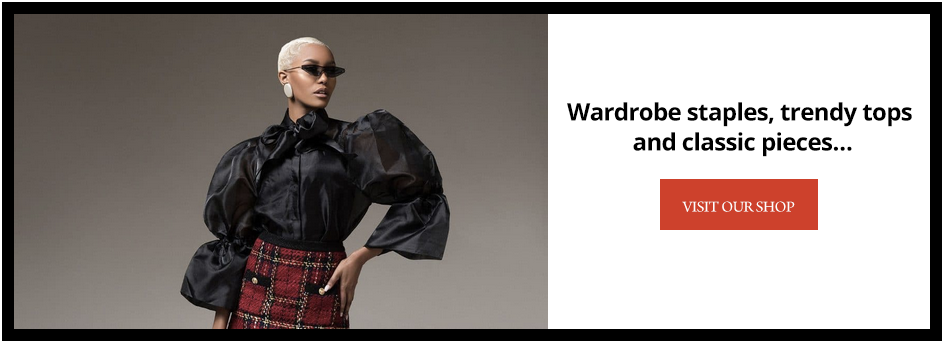How To Break The Push-Pull Relationship Cycle

A creative writer with a voracious appetite for fashion, beauty,…
P
ush-pull might sound fun for children in the playground, but once we start maturing, it’s a different ball game in adult relationships. A push-pull relationship is a pattern of behavior in romantic relationships where one person alternates between pushing their partner away and pulling them closer. This dynamic can create confusion, tension, and instability in the relationship. The mixed signal becomes exhausting, but leaving the relationship is easier said than done.
One minute he’s withdrawn emotionally, and the next he wants your attention and affection. Expressing a desire for independence and turning around to seek validation is a confusing state for anyone to be in. This instability also manifests itself in the recipient’s feelings. Imagine feeling loved today, and the next day you’re all alone.
The dynamics of a push-pull relationship
During the “pull” phase, the person may seek validation, attention, or closeness from their partner, often becoming more affectionate or attentive. This can temporarily alleviate any feelings of distance, but may not address the underlying issues causing the push-pull pattern. Whereas, in the “push” phase, the individual is withdrawn, often seeking to be away from their partners.
The push-pull relationship often arises from underlying fears or insecurities, such as fear of intimacy, abandonment issues, or rejection. This could be a way to protect themselves emotionally or to test their partner’s commitment.
How to break out of the toxic push-pull cycle

Open and honest communication is important to address this dynamic in a relationship. Both partners should be willing to explore their feelings, needs, and fears, and work together to establish healthy boundaries and expectations. Couples therapy or counseling also helps address the underlying issues contributing to the push-pull dynamic.
Whether you’re the recipient or orchestrating the entire situation, knowledge of the problem is essential. Recognize the patterns and triggers that contribute to the situation. Have an understanding that it is an issue and that it stems from an unaddressed problem. Also, realize that you need to get help. Talk openly and honestly about your feelings, concerns, and desires in the relationship, and encourage your partner to do the same.
Explore any underlying issues or unresolved conflicts that may be fueling the problem. It could be the back-to-back fights you’ve been having. Consider seeking couples therapy or counseling to work through these issues together. Breaking out of a push-pull relationship takes time and effort from both partners so be patient and offer support as you navigate changes. This is the case when both partners have a mutual perspective and agreement on the situation.
In addition, establish healthy boundaries to protect your emotional well-being and maintain respect within the relationship. This is a crucial step, as failure to do so would leave you on a rollercoaster of unattended emotions. Then, clearly communicate these boundaries to your partner.

It’s also necessary to take time to focus on personal growth and self-care. Building a strong sense of self can help you feel more secure in the relationship and less dependent on external validation. Remember that breaking out of a push-pull relationship requires mutual effort and commitment from both partners. It may not happen overnight, but positive changes can be made with dedication and perseverance.
When all fails, healthy self-esteem will help you break out of the relationship and move on. There will be times when your partner won’t move at your pace. They may relapse or see no reason for change, and this will continue stabbing daggers at your heart. After putting in your best effort to make it work, if it doesn’t, it could be time to leave the relationship. Start your healing journey and continue therapy to avoid normalizing this toxic cycle.
Featured image: Denis Novikov/iStock
For the latest in fashion, lifestyle, and culture, follow us on Instagram @StyleRave_
All rights reserved. This material, and other digital content on this website, may not be reproduced, published, broadcasted, cached, rewritten, or redistributed in whole or in part without prior express written permission from STYLE RAVE. Use of and/or registration on any portion of this site constitutes acceptance of our Terms & Conditions and Privacy Policy.
—Read also
A creative writer with a voracious appetite for fashion, beauty, lifestyle and culture. As one who's passionate about the advancement of the woman, creating content that inspire smart style and living, and positive lifestyle changes is a calling I take seriously. At Style Rave, we aim to inspire our readers by providing engaging content to not just entertain but to inform and empower you as you ASPIRE to become more stylish, live smarter and be healthier. Follow us on Instagram @StyleRave_ ♥







